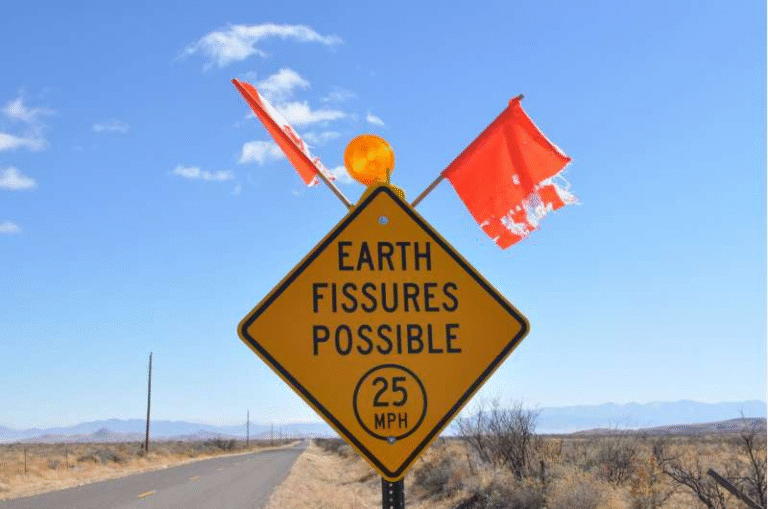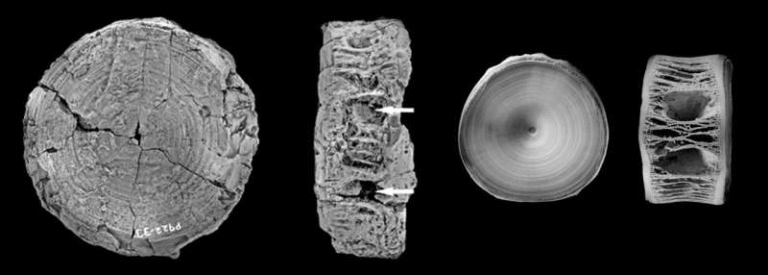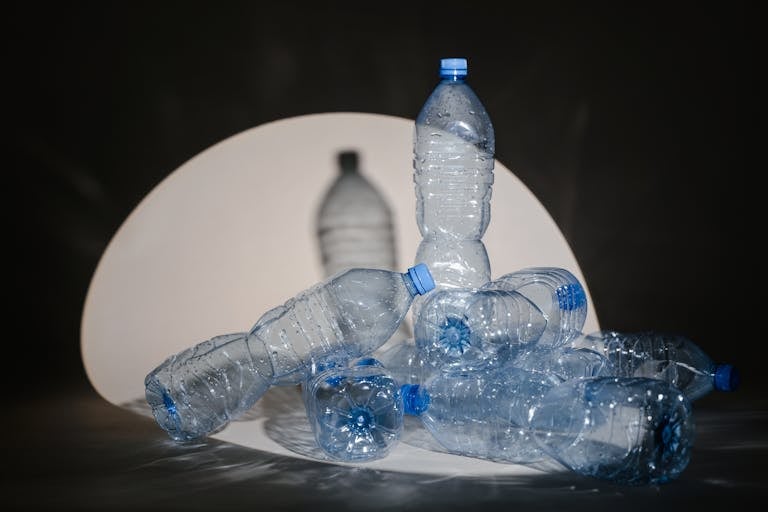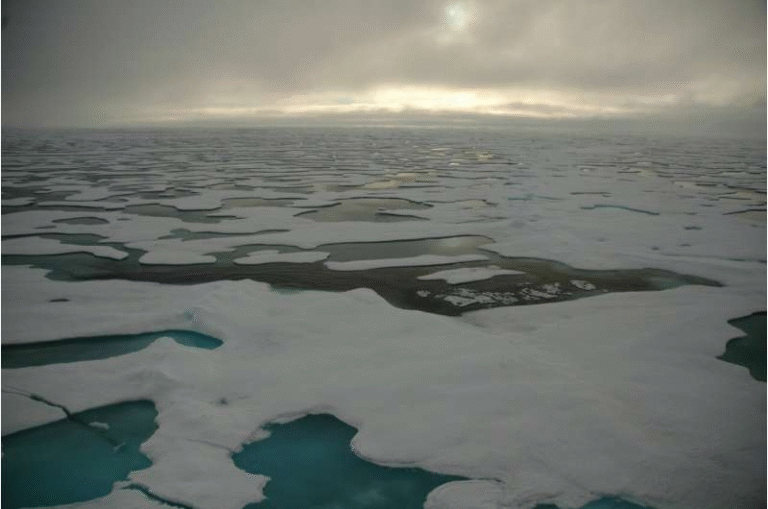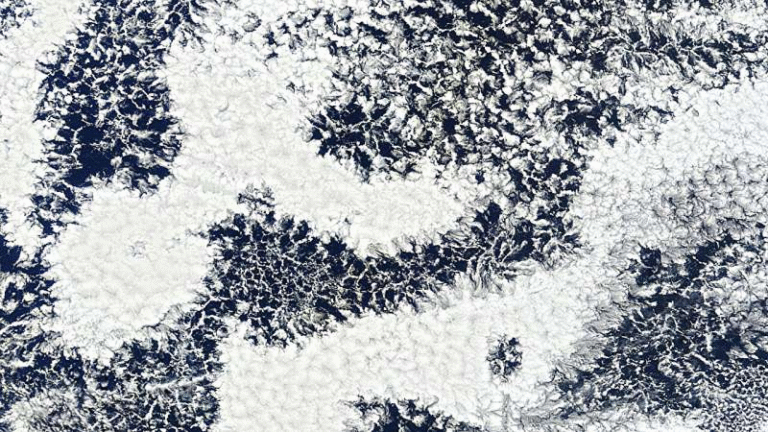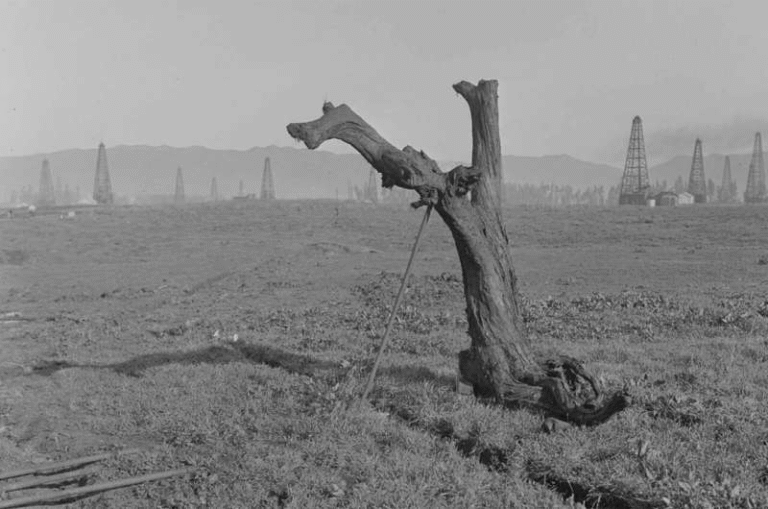Tiny Iron Stones Reveal a New Story of Earth’s First Life and Its Carbon Secrets

Scientists have uncovered a surprising new chapter in Earth’s history by studying something as small as a grain of sand. Researchers from ETH Zurich and collaborating institutions have discovered that the world’s ancient oceans held far less dissolved organic carbon than previously believed—by as much as 90 to 99 percent less than what exists today. This finding challenges long-standing ideas about how early life evolved and how major environmental shifts like ice ages unfolded hundreds of millions of years ago.
The study, published in Nature on August 13, 2025, introduces a brand-new method of analyzing iron oxide grains, also known as ooids—tiny, egg-shaped stones that can trap traces of organic matter inside them. Using this technique, the researchers directly measured the amount of dissolved organic carbon (DOC) that ancient oceans contained between 1,650 million and 541 million years ago. Their results flip old theories on their head, suggesting that the carbon stores in those early oceans were far smaller than previously thought.
The Power of a Grain of Sand
At first glance, these iron ooids look like simple specks of sand. But under a microscope, they reveal complex internal layers—like rings on a tree—that record chemical information about the ocean where they formed. These grains build up layer by layer as they roll around the seabed, gradually coating themselves in minerals such as iron oxide. During this process, molecules of organic carbon stick to the surface and become locked inside, effectively creating a tiny time capsule of ocean chemistry.
By analyzing the trapped organic carbon in these ooids, the ETH team was able to reconstruct what ancient seawater was like. This method gave them a direct window into the carbon cycle during some of the most critical eras in Earth’s evolution—something scientists had never been able to measure this precisely before.
What They Found: A Lean Carbon Ocean
For decades, scientists believed that early oceans were packed with massive reserves of dissolved organic carbon. These carbon-rich waters were thought to have fueled dramatic environmental shifts—like global glaciations—and perhaps even paved the way for the rise of complex life forms.
But the new measurements tell a very different story. According to the ETH Zurich team led by Professor Jordon Hemingway and researcher Nir Galili, the ancient oceans between 1,000 and 541 million years ago actually contained drastically less organic carbon than previously assumed—only a fraction of what we see today.
This means that many previous models linking high carbon levels to the development of oxygen, ice ages, and complex life may need a complete re-evaluation. The researchers found that these ancient oceans were not brimming with carbon-based “building blocks of life,” as once believed, but were relatively poor in them.
How Carbon Moves Through the Ocean
To understand why this finding is such a big deal, it helps to look at how carbon behaves in the modern ocean.
Today, carbon dioxide (CO₂) from the atmosphere dissolves into seawater. Tiny photosynthetic organisms—like phytoplankton and certain bacteria—use sunlight to convert that carbon dioxide into organic molecules. These molecules become food for other marine life and form part of what scientists call marine snow: bits of dead organisms and organic matter that slowly drift to the seafloor.
If this material reaches the seabed without being consumed, the carbon gets buried and stored for millions of years. Meanwhile, some of it remains dissolved in the water as dissolved organic carbon, forming a vast reservoir that is about 200 times larger than the total carbon currently found in all living marine organisms. This DOC pool acts like a carbon battery, storing and recycling the basic ingredients for life.
Until now, scientists assumed this reservoir was even larger in the distant past. But this new research shows that the ancient DOC pool was incredibly small, changing our understanding of how life and the environment co-evolved.
Re-Examining the Oxygen Revolutions
The new findings also shed light on one of the most dramatic transformations in Earth’s history—the rise of oxygen in the atmosphere.
Billions of years ago, the planet’s atmosphere was nearly oxygen-free. Then, through photosynthesis, microorganisms began releasing oxygen as a by-product. This triggered two major events often called the Great Oxygenation Events or oxygen catastrophes.
The first occurred between 2.4 and 2.1 billion years ago, and the second unfolded much later, during the Neoproterozoic era (roughly 800 to 540 million years ago). Both were accompanied by severe ice ages when glaciers reached near-equatorial regions—events sometimes referred to as “Snowball Earth” episodes.
Scientists once believed that the build-up of large organic carbon stores in the ocean played a role in these oxygen surges and subsequent global freezes. But the ETH Zurich findings suggest otherwise. With so little dissolved carbon present in those oceans, researchers now need new explanations for how oxygen levels and climate events were connected.
Why the Carbon Decline Happened
The ETH team has a hypothesis for why the ancient oceans were so carbon-poor. Around one billion years ago, larger and more complex organisms began appearing. When these organisms died, their heavier bodies sank more quickly, meaning that much of the organic matter reached the seabed instead of being recycled in the upper ocean.
At the same time, the deep ocean lacked oxygen, which prevented microorganisms from breaking down and reusing that organic material. As a result, much of the carbon became locked away in sediments rather than remaining dissolved in seawater. This caused the ocean’s DOC reservoir to shrink dramatically.
It wasn’t until after the second great oxygenation event—when oxygen began to reach the deep ocean—that the DOC reservoir started to build up again, eventually reaching modern-day levels of roughly 660 billion tonnes of carbon.
Why These Results Matter
This discovery doesn’t just rewrite part of our planet’s history—it also changes how scientists think about the relationship between life, oxygen, and climate. The assumption that high oceanic carbon levels helped drive the emergence of complex life no longer fits the evidence.
Instead, the findings point toward a different dynamic: one where oxygen availability and the efficiency of carbon recycling played bigger roles than previously thought. In other words, life may have evolved not because of a huge supply of organic carbon, but despite its scarcity.
This has major implications for how we model Earth’s past and even how we search for life on other planets. Understanding how carbon and oxygen interacted in ancient oceans could help scientists identify biosignatures—chemical signs of life—on distant worlds.
What These “Ooids” Are and Why They’re Special
Ooids are not new to geology, but using them as chemical recorders of ancient seawater is a groundbreaking idea. Typically composed of iron oxide, calcium carbonate, or other minerals, ooids form in warm, shallow waters where waves and currents keep tiny grains rolling around continuously. Each rotation adds a new layer of mineral coating.
The ETH Zurich team realized that when these coatings include iron oxides, they can trap minute amounts of organic carbon that were present in seawater at the time. Analyzing these layers using modern instruments allows scientists to estimate how much dissolved carbon existed in those ancient environments.
The researchers studied 26 different marine formations that contained iron ooids, representing environments as old as 1.65 billion years. Their analysis provided a continuous picture of how marine DOC evolved through time—something no one had managed before.
Lessons for the Present and the Future
Although the study looks deep into the past, it also carries a warning for the present. Today, human activities—especially the burning of fossil fuels—are warming and polluting the oceans. This warming reduces oxygen levels, particularly in deeper waters, leading to a process known as ocean deoxygenation.
The ETH researchers point out that a similar pattern occurred long ago: when ocean oxygen levels dropped, the carbon reservoir also collapsed. If modern oceans continue to lose oxygen, we might see a repeat of that ancient chain reaction, disrupting carbon storage and marine ecosystems.
Understanding how the ancient Earth responded to such imbalances can help us predict how modern oceans might behave under climate stress. The oceans are not just passive backdrops—they actively control the planet’s climate and the health of all life on Earth.
The Bigger Picture: Carbon, Life, and Evolution
The connection between carbon and life is one of the most fundamental relationships in science. Carbon atoms form the backbone of DNA, proteins, and countless other molecules essential to biology. How this element cycles through the environment determines not only the fate of individual ecosystems but also the trajectory of evolution itself.
The new study highlights that even subtle shifts in the way carbon moves between the ocean, atmosphere, and biosphere can have world-changing consequences. When oceans lose oxygen or when organic matter sinks faster, the balance of carbon changes—sometimes dramatically. Over geological timescales, these processes can drive everything from ice ages to explosions of new life forms.
A New Lens on Earth’s History
By reading the story recorded in these microscopic stones, the ETH Zurich team has provided one of the clearest reconstructions yet of how the ancient ocean’s chemistry evolved. Their data show that the ocean’s carbon cycle was not static but dynamic, shifting in response to biology and climate over billions of years.
For scientists, this represents a major step forward—a rare direct measurement that bridges geology, chemistry, and biology. For the rest of us, it’s a reminder that even something as small as a grain of sand can hold secrets powerful enough to rewrite what we know about our planet’s earliest life.
Reference: The geologic history of marine dissolved organic carbon from iron oxides (Nature, 2025)
